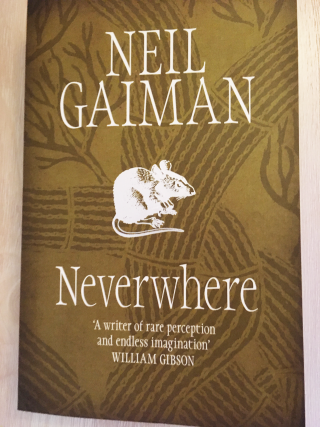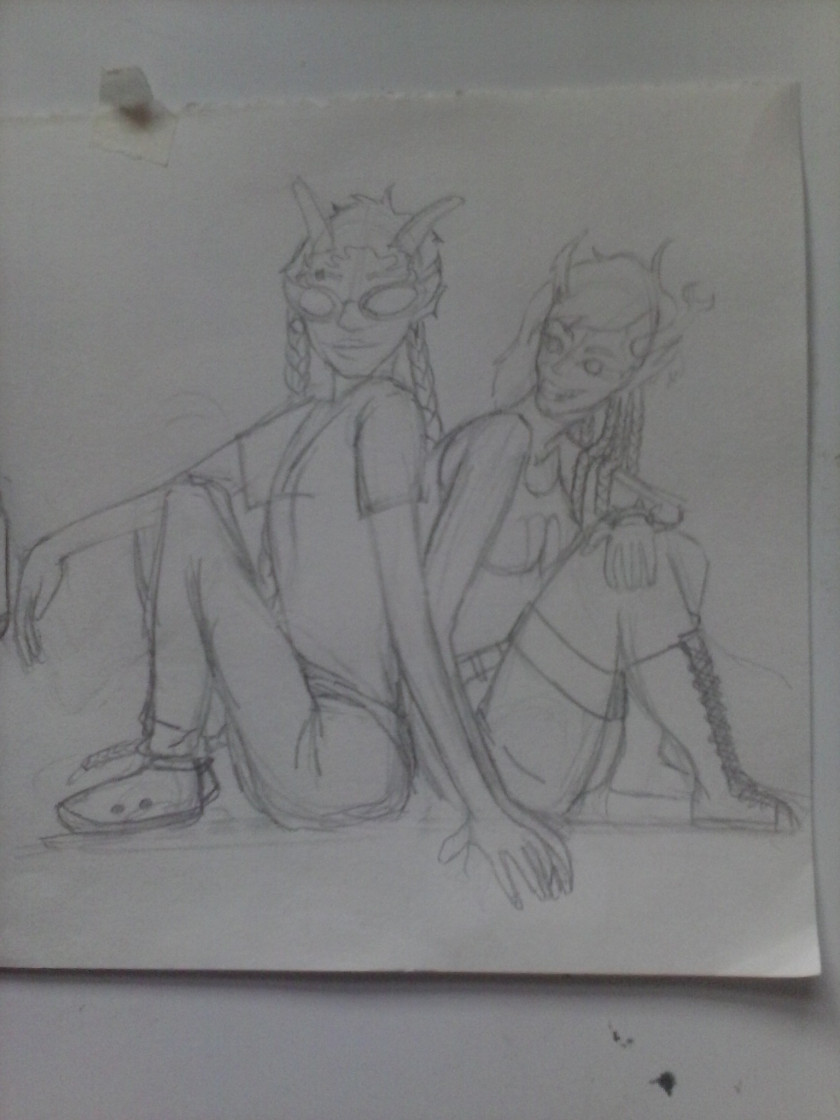December 23, 2017. In today’s world, we are so used to almost everyone having the ability to take photos, even small children, that we don’t really realize that it wasn’t that very long ago that photographs were relatively rare.
Photography was a skill, and cameras during the WWII period were not the easy ‘point and shoot’ we know today. Plus it was expensive. Cameras were not cheap and you needed film plus the ability to develop those photographs. How many of us remember the days when you had to load film into your camera, then take it for developing?
When the digital camera came out, it gave everyone the ability to be a photographer and you could take hundreds of photos at no extra cost. Now, most of us don’t even use a camera as you can take photos with your smart phone.
But, back during the Camp Ohio days in the post WW II period between 1945 and 1950, photos were rare for residents of a displaced persons camp. There were no official photographers in Camp Ohio, but hundreds of photos exist, due to three residents who had cameras and took the majority of the photos.
Most of the Camp Ohio photos were taken by Taras Schumylowich or his wife Iryna. In 2016, I met with Taras and Iryna at their home in the USA, and asked how Camp Ohio was so lucky to have so many photographs. Taras said that he had studied photography in Berlin before the war and had his own camera. Although he knew how to develop photos himself, he didn’t have the supplies needed to develop photos in Camp Ohio so he got them developed in Burgdorf at a photography studio in Burgdorf, and he had to pay for that.
That led me to ask how he financed the purchase of film, and the development of so many photos, and how so many people were able to pay for them. That’s when I learned that cigarettes were used in lieu of money! Most people would pay for their copies of photos with cigarettes, as only a few had cash. If you didn’t smoke then you didn’t use up the ration of cigarettes that UNRRA (The United Nations Relief and Rehabilitation Administration was an international relief agency representing 44 nations, that existed between 1943 and 1947, when it was replaced by the IRO) and IRO (The International Refugee Organization was an intergovernmental organization founded in 1946 to deal with refugees created by World War II and took over the management of displaced persons camps in 1947) gave each person, so you could trade them in stores as currency!
The other two known photographers were Alexander (Olexa) Gussakowski, who immigrated to Australia and died in 1976, and Petro Dowbachuk, who immigrated to the USA and died in 1991. Taras passed away last week, which prompted me to write about the important role photographs played in Camp Ohio.
These amateur camp photographers, unsung heroes who documented camp life, are responsible for showing us what the camp look like, who the residents and workers were. They were there to take photos at weddings, baptisms, funerals, school events, concerts, church services, and daily life. If you have photos from Camp Ohio, you can thank these photographers. Their legacy lives on after all these decades.

Do you recognize any of the carolers in the photo above? Perhaps you have information or photos or anecdotes to relate about photography or photographs in Camp Ohio? Do you know of any more photographers? Comment on this blog or email to dariadv@yahoo.ca. We need your help to build up the archive of information about Camp Ohio and its residents! And don’t forget to check out the photos on our website at http://www.dpcamps.org/burgdorf.html.
© Daria Valkenburg
Advertisements Share this:





